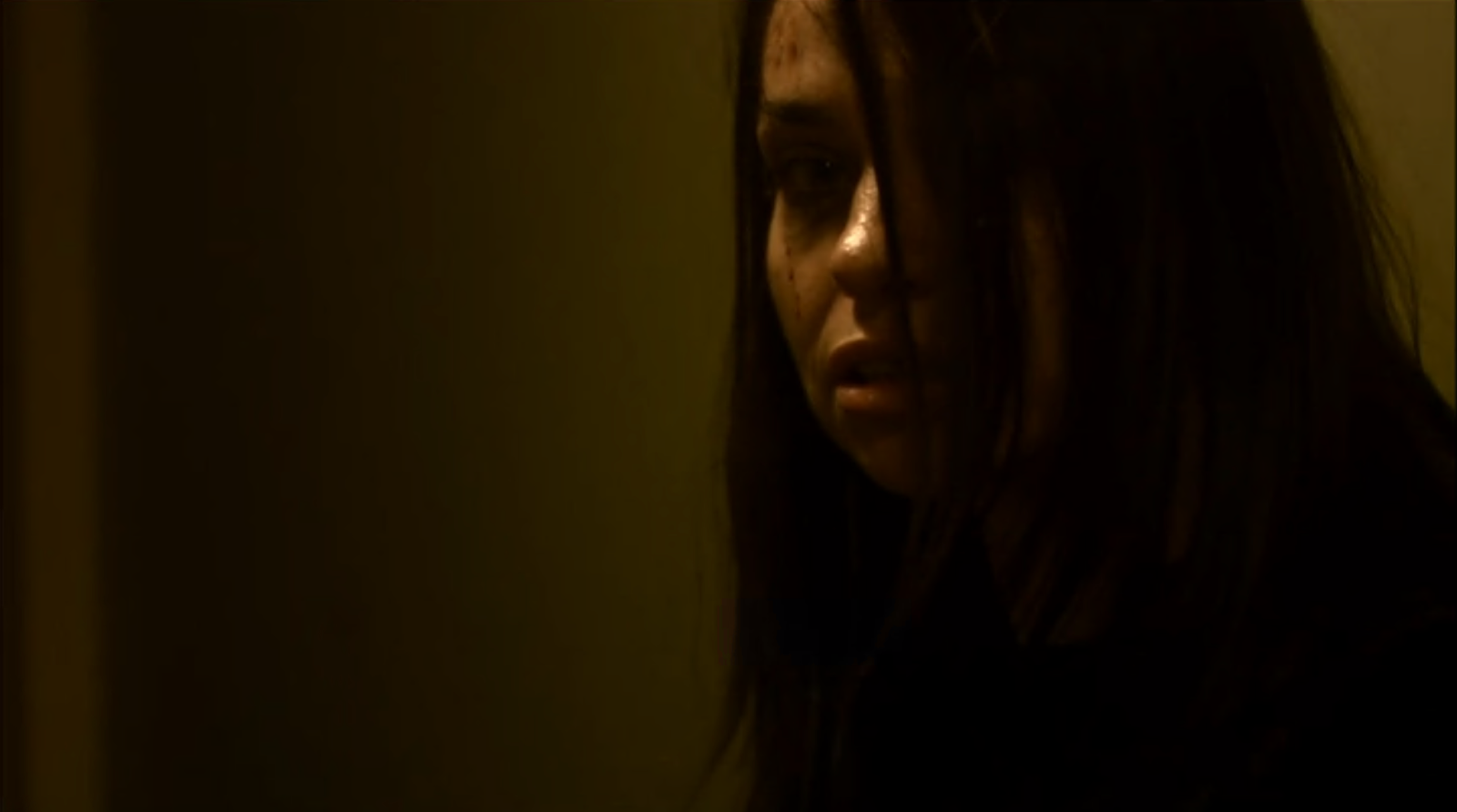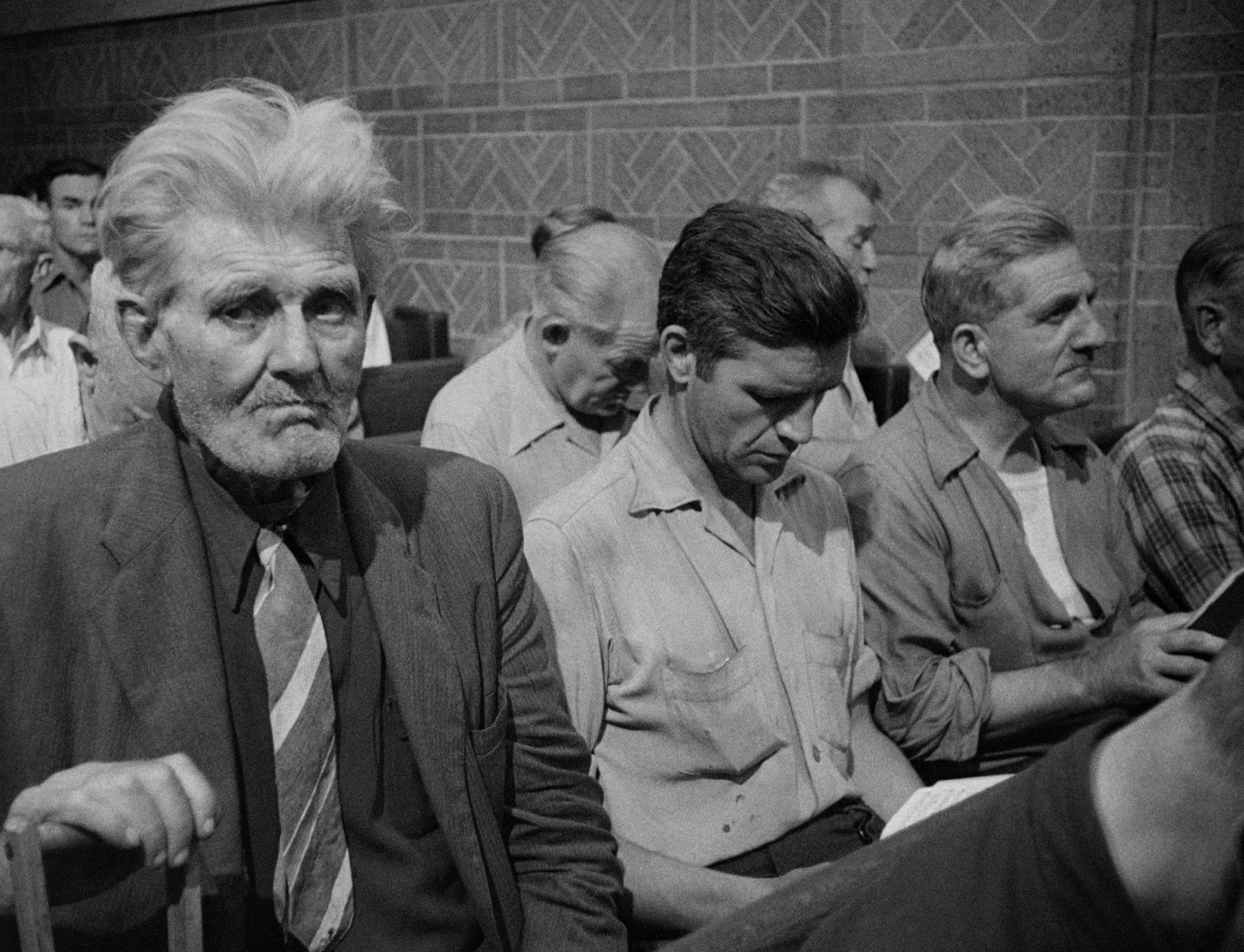A brutal sendup of the Christmastime fixation on makeshift family units, Inside is a deeply twisted tale of holiday redemption and revenge
The Christmas origin story is really about a desperate woman giving birth under duress. The annual festivities never portray this myth as anything other than divine and transcendent, a romanticized, epidural-and-afterbirth-free diorama that shifts focus from the mother to the child. But the story goes that this mother gave birth to her immaculately conceived child in an unsanitary environment, without medical attention, surrounded by farm animals and nomadic strangers. Looked at from the mother’s perspective, stripped of the pomp and agendas of the religious adherents who followed for millennia thereafter, this is a horrific, disorienting scenario. Alexandre Bustillo and Julien Maury unconsciously harness the spirit of this disturbing tableau in their blood-soaked yuletide masterpiece Inside (2007). The film doesn’t draw any religious allegories or concern itself with the destiny of the offspring. It’s simply a terrifying depiction of an ambivalent future mother tapping into her survival instincts. And, in the end, it’s not enough to save her.
Inside begins inside the womb. In voice over, we hear muffled words of joy and reassurance, a mother speaking to her future child, articulating their inseparability and expressing her desire to protect the offspring. This tender moment is immediately shattered as the fetus is whipped forward and collides against the screen; blood begins to permeate through the amniotic fluid. Then we witness the cause: a horrific head-on collision between two vehicles. Sarah (Alysson Paradis) — bloodied, in shock, and visibly pregnant — is driving one car. Her partner, Matthieu (Jean-Baptiste Tabourin), is motionless in the passenger seat. The film jumps ahead four months as Sarah receives one of her final gynecological exams at the hospital, one last checkup on Christmas Eve before she is scheduled to be induced the following morning. Matthieu did not survive the wreck, but Sarah and the baby have since recovered without lasting physical injuries.
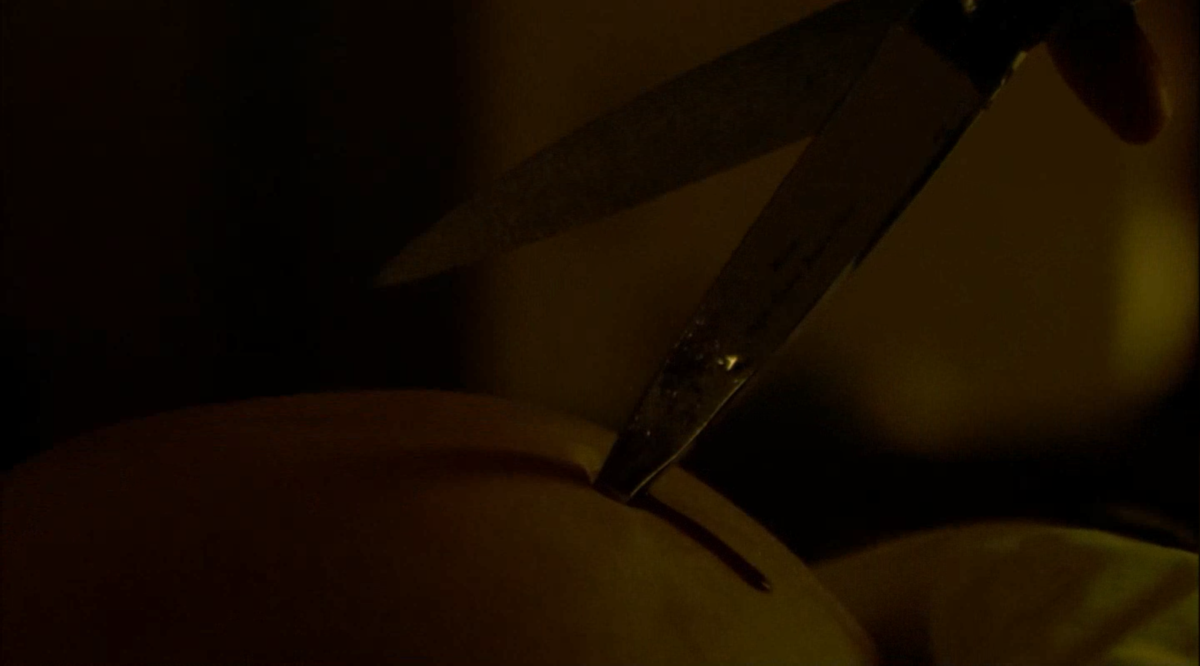
The hospital is a cold and even hostile setting — lifeless and drained of color. Gazing dispassionately at the instruments next to the ultrasound monitor, Sarah doesn’t show any fear or discomfort or excitement or anticipation — just numbness and disaffection. Inside is setting up a character arc it has no intention of fulfilling, a twisted holiday redemption story wherein a grieving soon-to-be mother finds a sense of connection and purpose in a crucible. Inside plays coy with its holiday atmosphere. There are only a handful of shots with modest decorations. A salty nurse sits down next to Sarah in the waiting room, lights a cigarette, and subjects her to an extended monologue about her painful and prolonged first childbirth experience — her child was stillborn. A lighted tree blinks at the edge of the frame through the whole conversation. Sarah’s house has no frills or holiday adornments, but we catch a glimpse of strands of white lights in the shape of Santa hanging from the telephone pole outside. Beyond that, the Christmas timeframe is conveyed entirely through the dialogue, as well as the alchemy of holiday tropes that the film subtly, ingeniously weaves together. Inside undermines any yuletide narrative of hope and resilience in favor of something more complicated and unresolvable: a purely primal story of fear and survival where all the feelings of maternal longing and desire are projected onto, and filtered through the damaged mind of, the attacker, an unnamed woman known only as La femme (Béatrice Dalle).
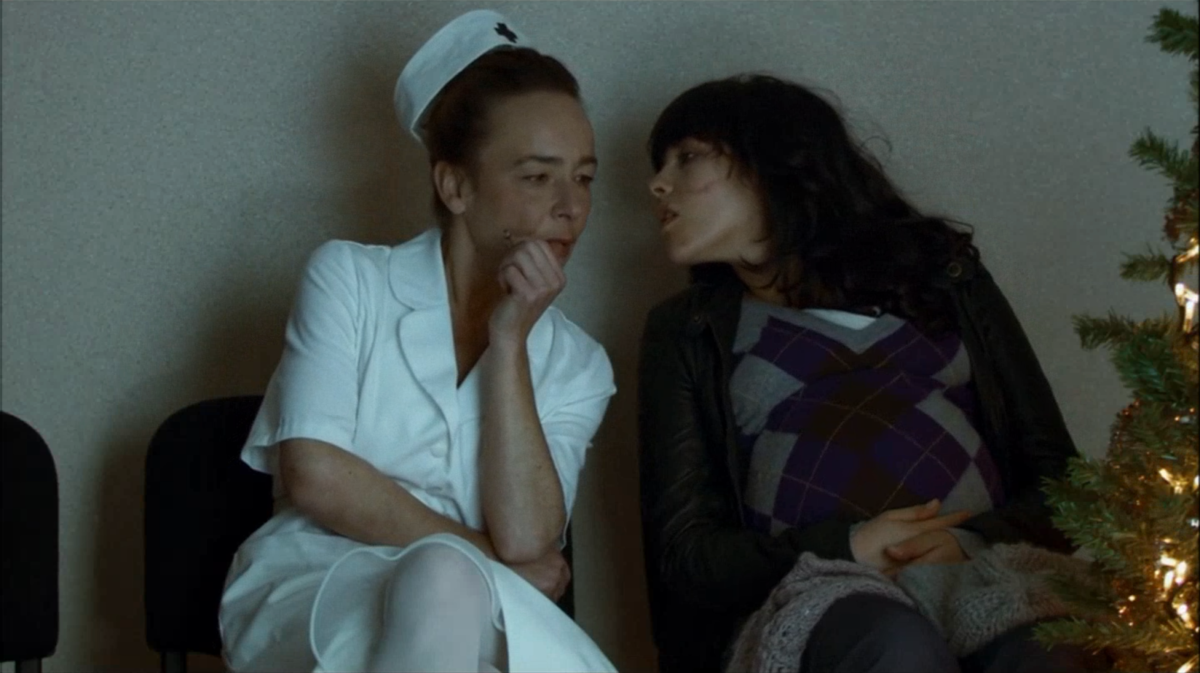
The holiday is a haunting presence, an emotional catalyst, an omnipresent element that shifts the atmosphere and status quo. During this period, familial pressure is heightened and basic services are on a skeleton crew. If you’re looking to cut yourself off from the world, as Sarah clearly is, the sense of isolation, whether involuntary or self-imposed, is that much more acute. The malaise one feels in daily life becomes an unbearable weight. Sarah’s circle of contacts — her friend Louise (Nathalie Roussel), her boss Jean-Pierre (François-Régis Marchasson), her mother — repeatedly ask her about her plans for the evening and offhandedly invite her to partake in their modest gatherings, clearly treading lightly given Sarah’s disdain.
Off in the distance, Paris is burning. Riots are breaking out all over the city. Civil unrest, stoked by the death of two young people from immigrant families, has reached a boiling point. Sarah, who is a photojournalist, tells both Louise and Jean-Pierre that she wants to jump into the fray and document the protests on the ground. The police who show up at Sarah’s house, in response to the first threats from the mystery woman, show blatant impatience with this assignment, expressing thinly veiled contempt as they take note of how quiet it is in Sarah’s comfortable, bourgeois neighborhood. When the police show up for a second time, they have a man, Abdel (Aymen Saïdi), in custody from the protests. “I don’t give a fuck about Christmas,” Abdel says at one point, while in the back of the police cruiser. His words echo Sarah’s sentiment from earlier, before everything goes to hell: “I could care less about Christmas,” she tells Jean-Pierre. Inside doesn’t exactly validate this loathing, but it weaponizes it.
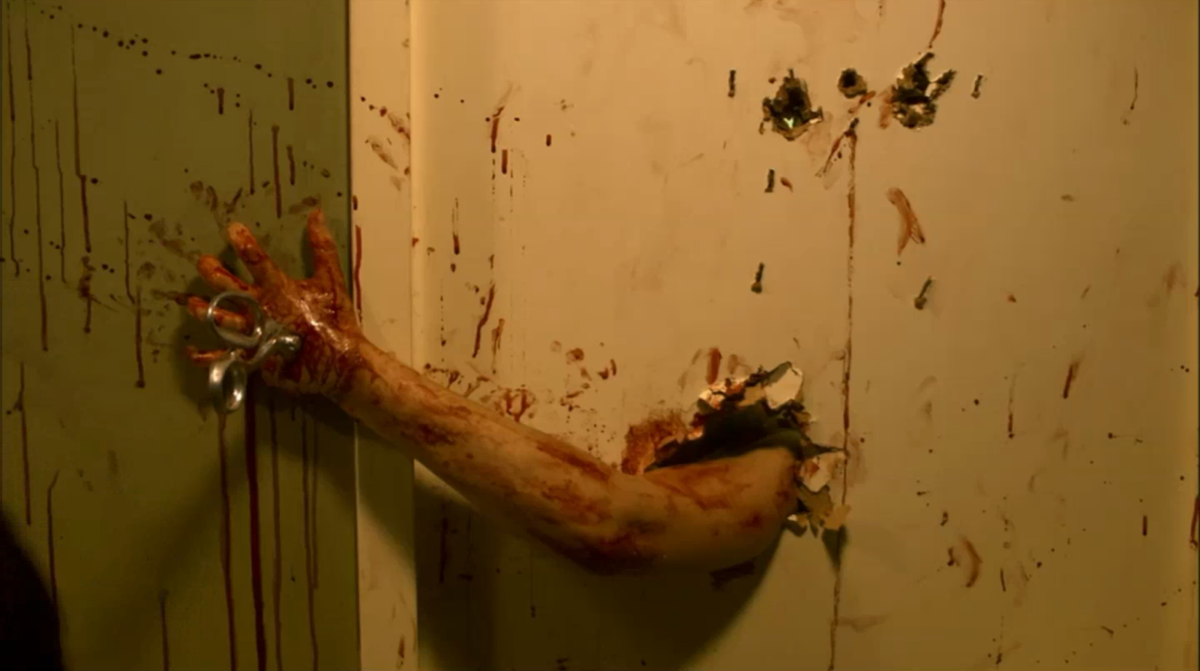
Many Christmas films stretch out over an impossibly long, fraught Christmas Eve, but Inside is by far the most harrowing gauntlet ever conceived within this framework. Sarah never sees the sun come up, but between sundown and the film’s conclusion in the early hours of Christmas morning, Sarah has battled a relentless, profoundly psychotic home invader, accidentally killed her own mother, seen Jean-Pierre and several other lifelines butchered before her eyes, and had her baby cut from her womb with oversized, silver-plated scissors. Inside is one of the key texts of the New French Extremity movement — alongside intense aughts films like Martyrs (2008), Frontier(s) (2007), and High Tension (2003) — and it lives up to its reputation as grisly and unforgiving. Each piece of Inside is artful and considered but it is unrestrained about its brutality and hunger for exploitation. The credits are a beautiful, impressionistic collage of blood and bodily fluid splatter. The superlative electronic score by François-Eudes Chanfrault — who also composed for Alexandre Aja’s High Tension and The Hills Have Eyes (2006) — is throbbing and melancholy, restrained until it isn’t, with sudden bursts of glitch. Inside has compartments within compartments, a carefully orchestrated, suffocating infinite regress — from the far-off riots down to Sarah’s womb.
The outside world is encroaching; darkness and chaos encircle the narrative and Sarah’s soft-glowing haven. Inside plays out like a waking nightmare, the worst fears of a pregnancy fugue come to life, unfolding in an uncanny space, sensationalized to the breaking point. There’s even a fake-out dream sequence where Sarah wakes from her chair and vomits milk uncontrollably before giving birth through her mouth. The story takes place in a figurative Paris suburb. It’s December and the trees are still green. In contrast to the frigid, monochromatic, and grim early settings — the rain-soaked, glass-strewn street where the cars collided; the hospital and its parking lot; the local park where she meets with Jean-Pierre — Sarah’s home is warm and soft, with deep shadows in the corners and hues of yellow and red.
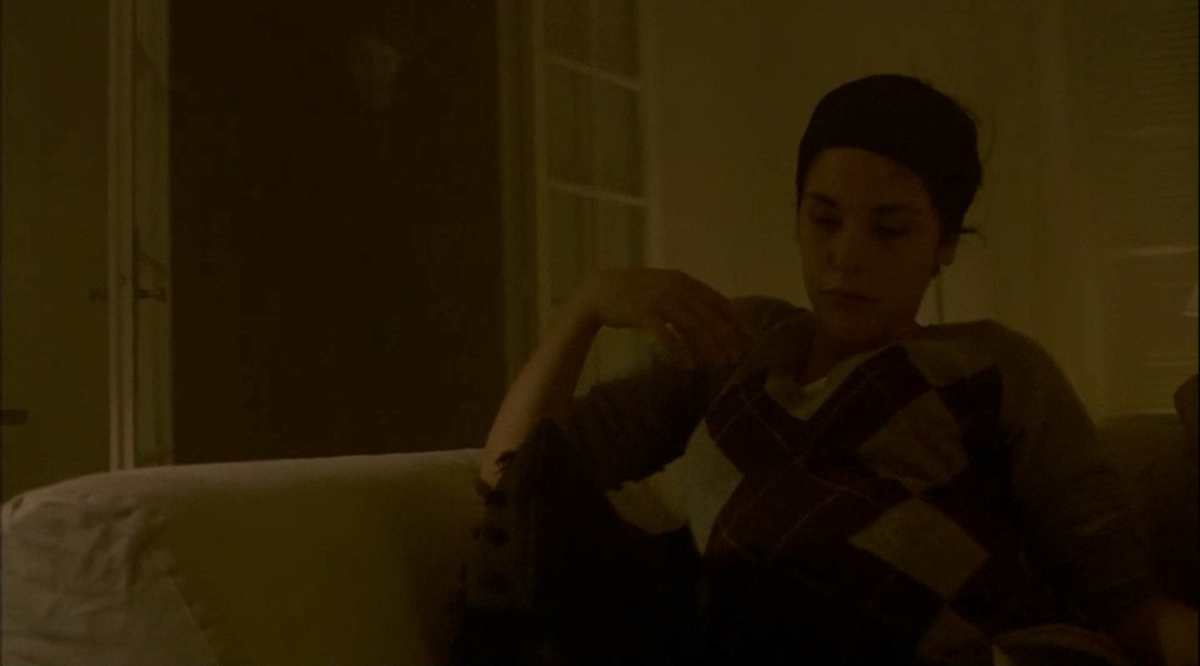
And Sarah’s house has several symbolic pockets within it: Her darkroom is a sensual space where she accesses her memories and desires, as seen in an early moment where she manifests her deceased partner’s embrace; the baby’s room, with all the supplies and toys still wrapped in plastic; and the bathroom is a place of confinement and fear, a clinical cell within her domestic refuge. Sarah’s vulnerability is always at the forefront, her immobility and discomfort apparent with each movement, and her emotional paralysis exacerbating her state. The image of Sarah bloodied and weeping on the bathroom floor, under the incongruously harsh fluorescent lighting and against all the smeared white tiles, is a potent and terrifying image of late-pregnancy. In this moment, physically and emotionally trapped, water broken, and battling against her own body and a feral doppelgänger, it is her prison. This is a vision of pregnancy not as a romantic and beautiful expression but as a fearsome medical exercise. She is a ticking time bomb.
Graceful and feline in her movements, La femme glides through the deep shadows of Sarah’s house like a ghost. She’s gothic and vampiric, dressed in a black Victorian dress with bell sleeves ideal for concealing knitting needles. This attacker has a clear, single-minded objective: she wants the baby that is inside Sarah’s body. She wants the idealized experience of motherhood that she was denied. La femme is the antithesis of a benevolent Christmas night home invader, a ghoulish, predatory, oddly vulnerable stalker who aims to take the most precious, innocent thing in the house. We find out late in the film that it was actually La femme’s voice in the opening moments. This tragic cold open harbored a trick of perspective: It was La Femme’s baby we saw killed in the the car wreck and the first shot of the film. These two women in their second trimester were literally set on a collision course. One survived the crash with her baby while losing her partner; the other survived but lost her child. The reveal of this connection, and the murky, warped motivations of both players, complicates the stakes and roles in the film immeasurably. The child haunts the film and Sarah, a spectral quasi-ghost of Christmas future that could portend happier times or a constant reminder of her grief and loss. But the baby has a presence, too, reacting to the stimuli and trauma felt through the protective barrier of his mother. The impending birth adds an unbearable urgency to this scenario: the baby needs to come out immediately under medical supervision. There’s no workaround for the biological imperative.
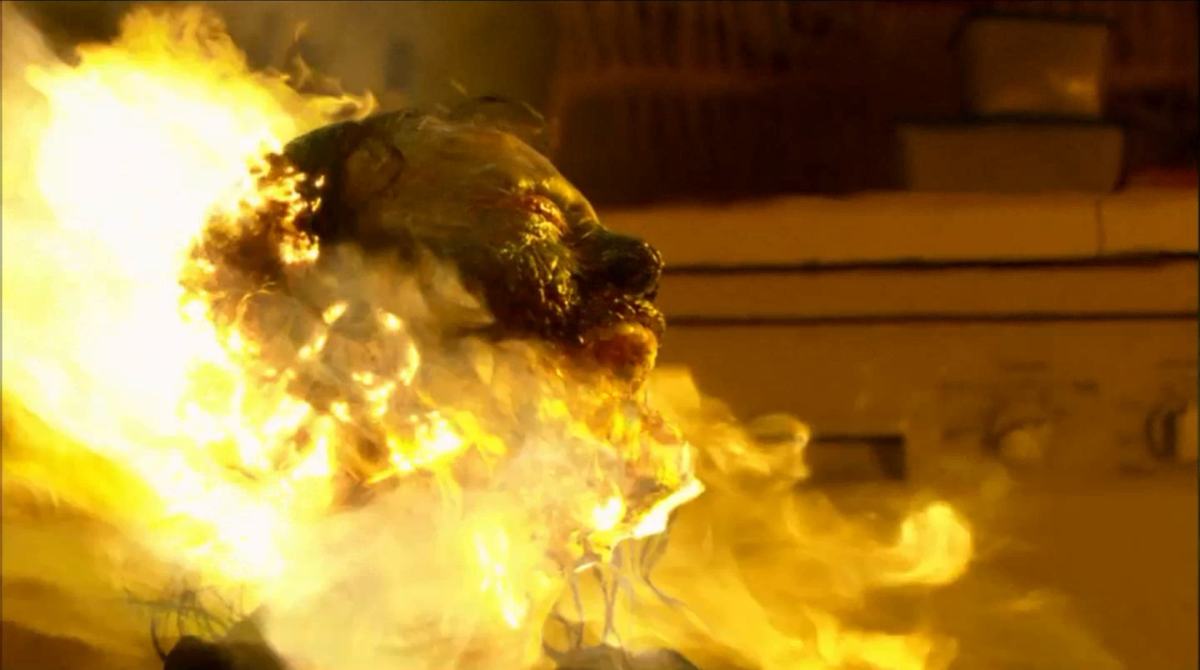
Inside is the most fucked up adoption story imaginable, a bizarre sendup of the Christmastime fixation on orphans and makeshift family units. In a completely twisted sense, both women are granted their happy endings: La femme, horribly mutilated, rocks the newborn baby freshly cut from Sarah’s abdomen, in a rocking chair, whereas Sarah gets released from her grief and responsibility through death. Most holiday films, even the horror-leaning, are about reinforcing, reconnecting, rekindling a family. Inside is fixated on the threadbare support system of its protagonist, a limited, tenuous network held in sharp relief by the holiday. It is obsessed with absence, and it goes about systematically destroying each connection one by one, in gruesome, unambiguous detail. By the end, the triangle of Sarah, La femme, and the baby is all that remains, setting up the inevitable, unbearable, and strangely tender moment of delivery. No other Christmas movie can compare with the wringer this protagonist must experience over a fateful holiday evening. That Inside follows through on its endgame is a testament to its brutality and excruciating, cracked vision. What unfolds on Christmas Eve is not a miraculous journey of hope, self-discovery, and resolve. It’s an inescapable, giallo-esque gauntlet of pain, trauma, and viscera.
Stream Inside on Amazon Prime
Stay up to date with all things Split Tooth Media and follow Oliver on Twitter
(Split Tooth may earn a commission from purchases made through affiliate links on our site.

